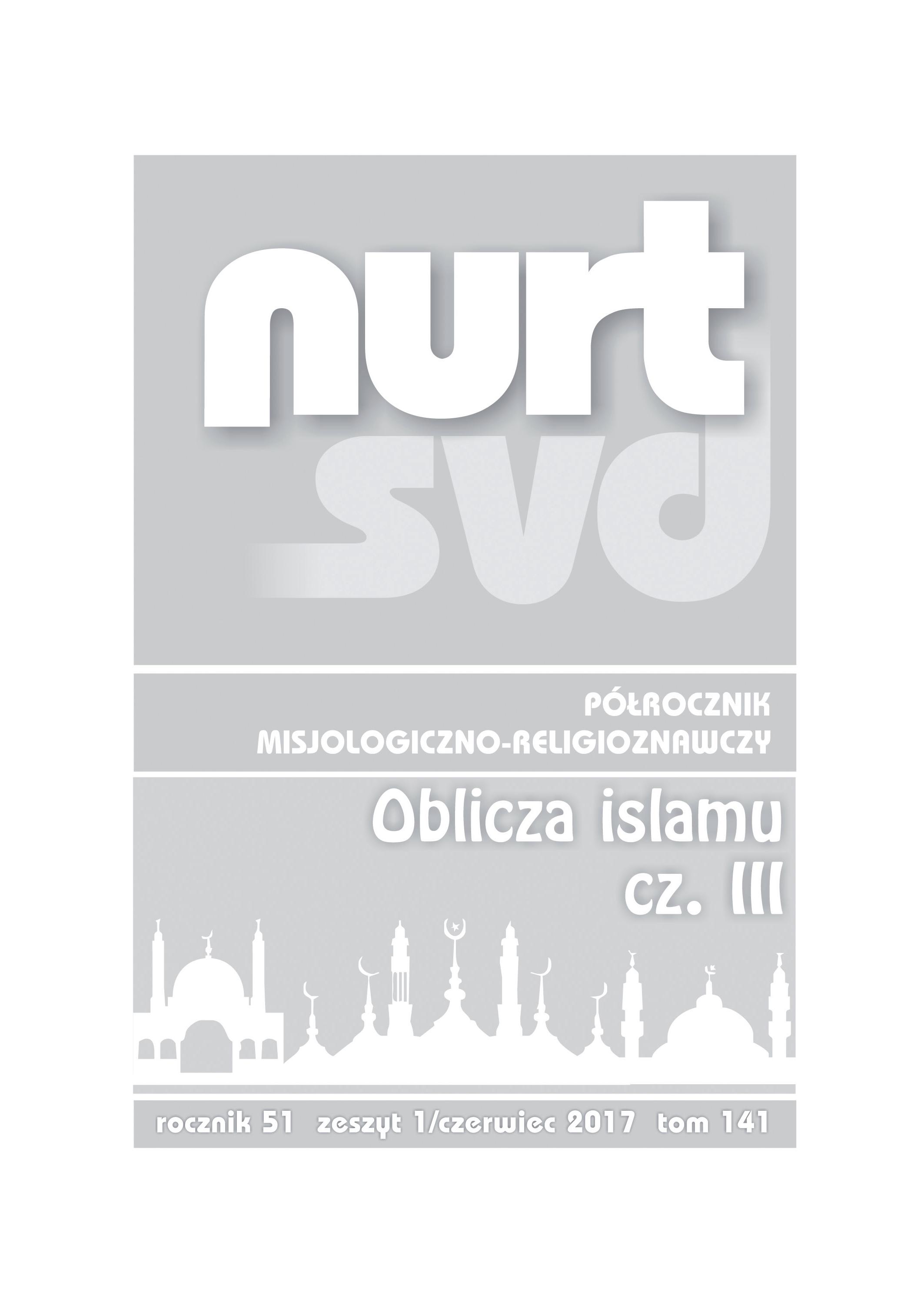Miejsca święte i pielgrzymkowe w islamie sufickim i szyickim
Holy sites and pilgrimage centres in Sufism and Shiism
Author(s): Mariusz MaciakSubject(s): Islam studies, History of Religion
Published by: Verbinum
Keywords: hajj; zijara; wali Allah; sufi; Rumi; Yasawi; Naqshband; Karbala
Summary/Abstract: The author of the article presents some of the most important Muslim holy sites and pilgrimage centres, with a focus on Kazakhstan and Uzbekistan in Central Asia. He starts with the description of the obligatory pilgrimage (hajj) to the most sacred sites of Islam in Mecca, visit to the grave (zijara) of the Prophet in Medina and the holy city of Jerusalem. Many Muslims pilgrim to numerous holy places of the classical Sunni Islam and related Sufism, as well as Shiism, to venerate their saints or remarkable historic figures. Both Sufists and Shias call their saints “friends of God” (wali Allah), like Imam Ali and other imams. Their graves are marked with magnificent mausoleums and shrines. The most famous Sunni and Sufist mausolea are the Shrine of Rumi in Konya, the Tomb of Ibn al-Arabi in Damascus, the Shrine of Qadir al-Jilani in Baghdad, the Mausoleum of Hazrad Nizamuddin Auliya in Delhi, the Tomb of Ahmadou Bamba in Touba (Senegal), the Mausoleum of Ahmed Yasawi Khoja in Turkestan (Kazakhstan) and the Mausoleum of Baha-ud-Din Naqshband near Bukhara (Uzbekistan). For the Shia Muslims there are the Imam Ali Holy Shrine in Najaf, the Shrine of Imam Husayn in Karbala (Iraq) and the Imam Reza Shrine in Mashhad (Iran).The author points to the growing popularity of travelling to the graves of the Muslim saints despite its criticism by the reformers from the Salafi and Wahhabi quarters.
Journal: Nurt SVD
- Issue Year: 141/2017
- Issue No: 1
- Page Range: 79-95
- Page Count: 17
- Language: Polish

